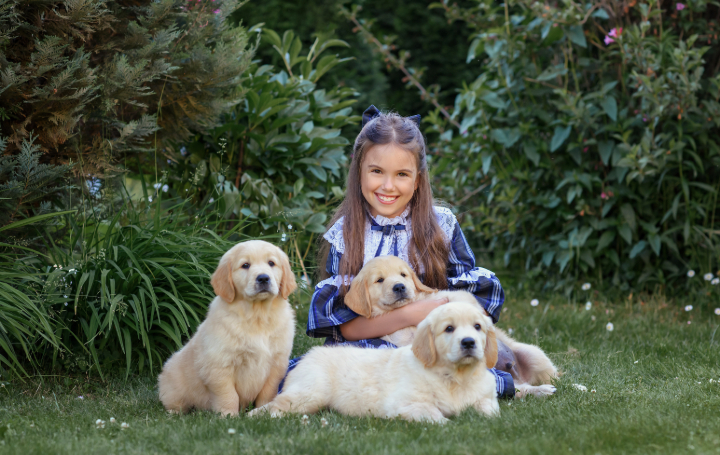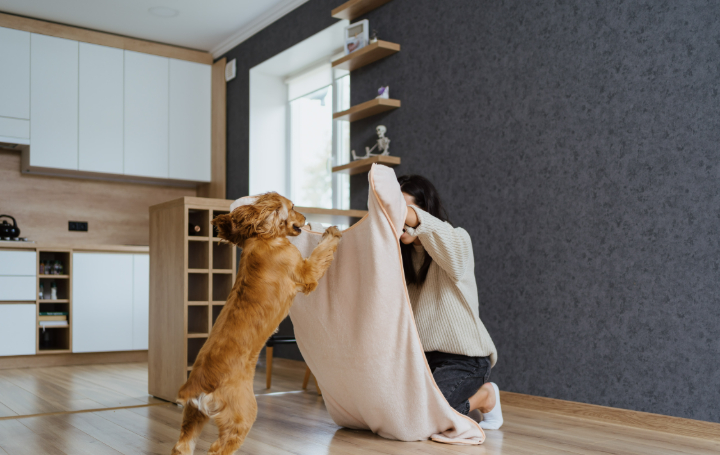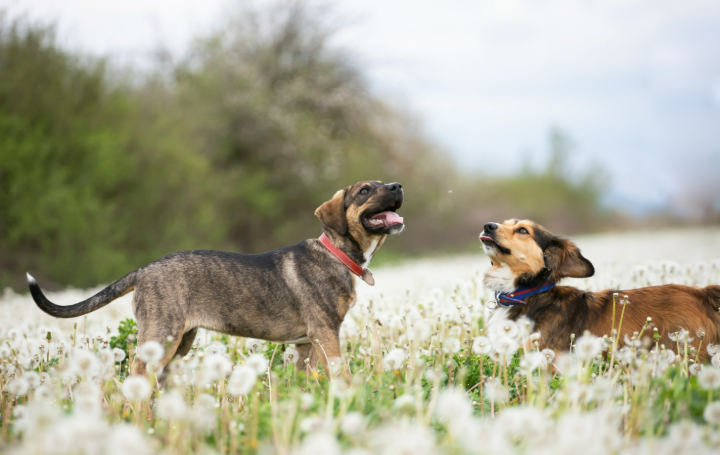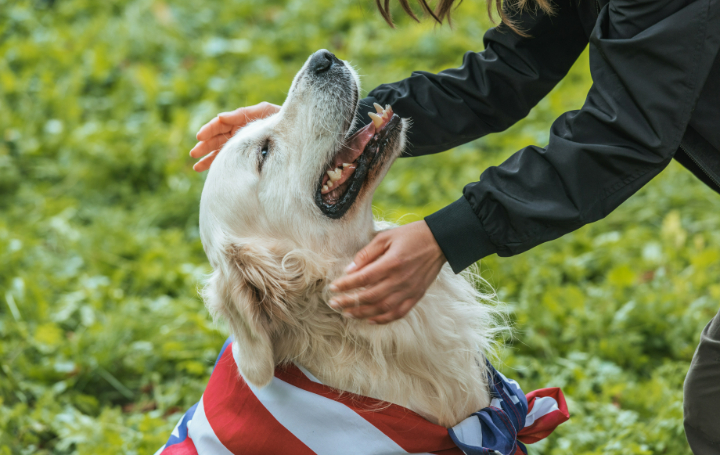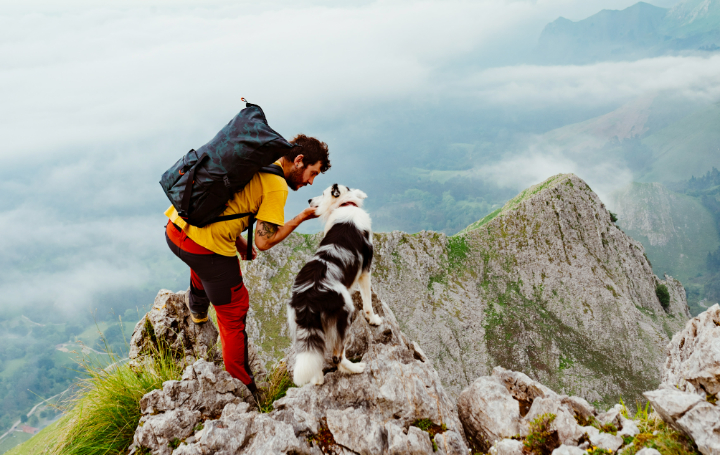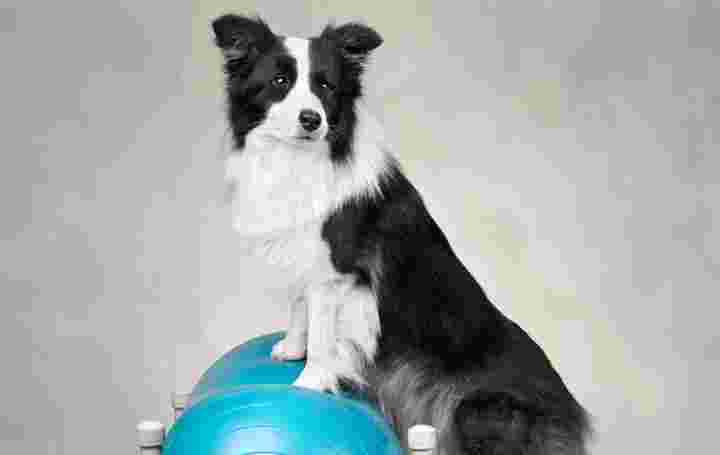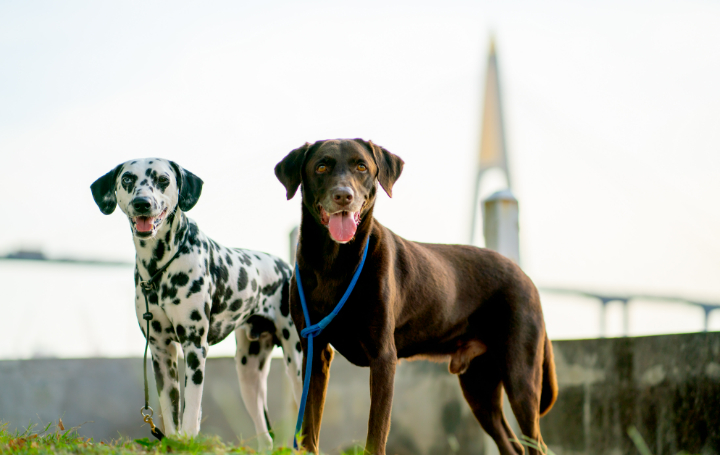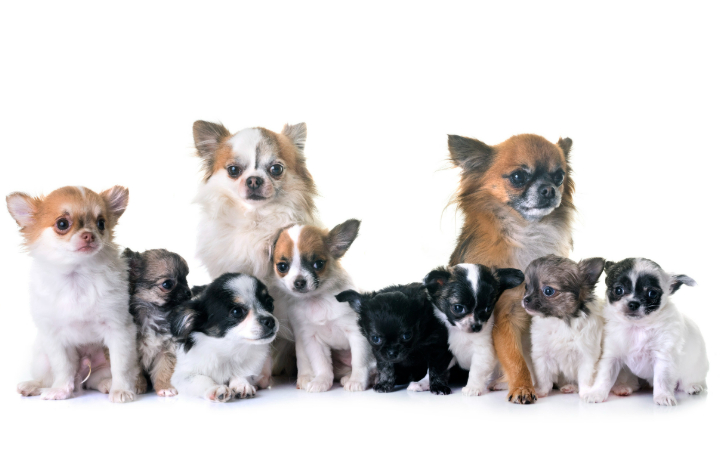The Fascinating History of Canine Companions: From Ancient Times to Today
Dogs have been our loyal companions for thousands of years. Whether curled up on our couches, helping on farms, or even starring in viral internet videos, these four-legged friends have become an inseparable part of human life. But have you ever wondered how this incredible bond between humans and dogs began? Let’s take a journey through time and explore the fascinating history of our canine companions!
The Beginning: Wolves to Woofs
A long, long time ago, somewhere between 20,000 and 40,000 years ago—humans and wolves crossed paths in a way that would change history forever. Early humans were hunters, and so werewolves. It is believed that some wolves started hanging around human campsites, perhaps lured by leftover food.

Over time, the friendlier, less aggressive wolves got closer to humans, forming a mutual relationship: humans provided food, and wolves offered protection and companionship. Generations later, these wolves evolved into something quite different from their wild ancestors. Through selective breeding, early humans encouraged traits like loyalty, playfulness, and obedience. And just like that, the first domesticated dogs were born!
Dogs in Ancient Civilizations
As human societies grew, so did their relationships with dogs. Many ancient civilizations valued dogs not just as workers but as beloved companions.
- Egyptians worshiped dogs and even mummified them! Their god of the afterlife, Anubis, had the head of a jackal, a canine relative. Wealthy Egyptians buried their dogs with them so they could be together in the afterlife.
- Romans had dogs as pets, hunters, and even warriors! They used large, strong breeds like Mastiffs in battles and had smaller lap dogs as house companions.
- Greeks trained dogs for guarding homes and herding livestock. They even wrote about their loyalty, with famous stories like Homer’s Odyssey, where Odysseus’ dog, Argos, waited 20 years for his master to return home!
- Chinese royalty adored small dog breeds like Pekingese and Shih Tzus, which were treated like little kings and queens.
Medieval Dogs: Protectors and Partners
During the Middle Ages, dogs played crucial roles in daily life. Farmers relied on them to herd sheep and cattle, while nobles used them for hunting. Large breeds, like the English Mastiff, guarded castles and estates. Even monasteries kept dogs, with the famous Saint Bernard breed being used by monks to rescue travelers lost in snowy mountains.
Dogs weren’t just workers—they were companions too. European noblewomen often had small lap dogs, while many artists and writers depicted dogs in their works as symbols of loyalty and friendship.
Dogs in the Modern Era: From Working Animals to Best Friends
By the 19th and 20th centuries, dogs had fully secured their spot as “man’s best friend.” People started breeding dogs for specific traits, leading to the vast variety of breeds we see today. During this time, several famous dogs made history:

- Hachiko, the loyal Akita from Japan, waited at a train station every day for nearly 10 years after his owner passed away. His story became a symbol of devotion and even inspired movies.
- Laika, a stray dog from Moscow, became the first living being to orbit Earth in 1957 aboard the Soviet spacecraft Sputnik 2.
- Rin Tin Tin, a German Shepherd rescued from World War I, became a Hollywood star in the 1920s!
Dogs also began serving in more official roles—working in police forces, serving as guide dogs for the visually impaired, and even assisting in therapy for people with disabilities.
Dogs Today: More Than Just Pets
Today, dogs do more than just sit and roll over for treats. They play a huge role in society, helping in ways we sometimes don’t even realize!
- Service dogs assist people with disabilities, such as guide dogs for the blind or alert dogs for those with medical conditions like diabetes.
- Police and military dogs sniff out explosives, track criminals, and even parachute out of planes during missions.
- Therapy dogs provide comfort to people in hospitals, nursing homes, and schools, helping to reduce stress and anxiety.
- Search and rescue dogs save lives after natural disasters, locating people trapped under rubble or lost in the wilderness.
Of course, most dogs today live as loving family members, enjoying belly rubs, long walks, and the occasional stolen sandwich off the counter!
The Future of Canine Companionship
As we move into the future, our bond with dogs continues to evolve. With advances in technology, we now have pet trackers, automatic feeders, and even smart toys that interact with dogs when we’re not home. Scientists are even studying ways to better understand dog communication—perhaps one day, we’ll have a device that translates barks into words!
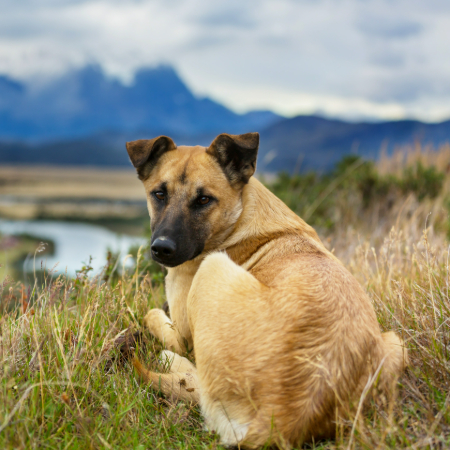
One thing is for sure: our love for dogs isn’t going anywhere. From ancient hunting partners to Instagram-famous pups with millions of followers, dogs have remained loyal, loving, and always ready for a game of fetch. They aren’t just pets—they’re family.
Final Thoughts
No matter the breed, size, or history, every dog has one thing in common: unconditional love. Whether you have a tiny Chihuahua or a giant Great Dane, your furry friend is part of a rich, fascinating history that spans thousands of years. So next time your dog gives you that adorable head tilt, just remember—you’re looking at a descendant of ancient wolves who chose humans as their lifelong companions. And what a great choice that was!
Tags
